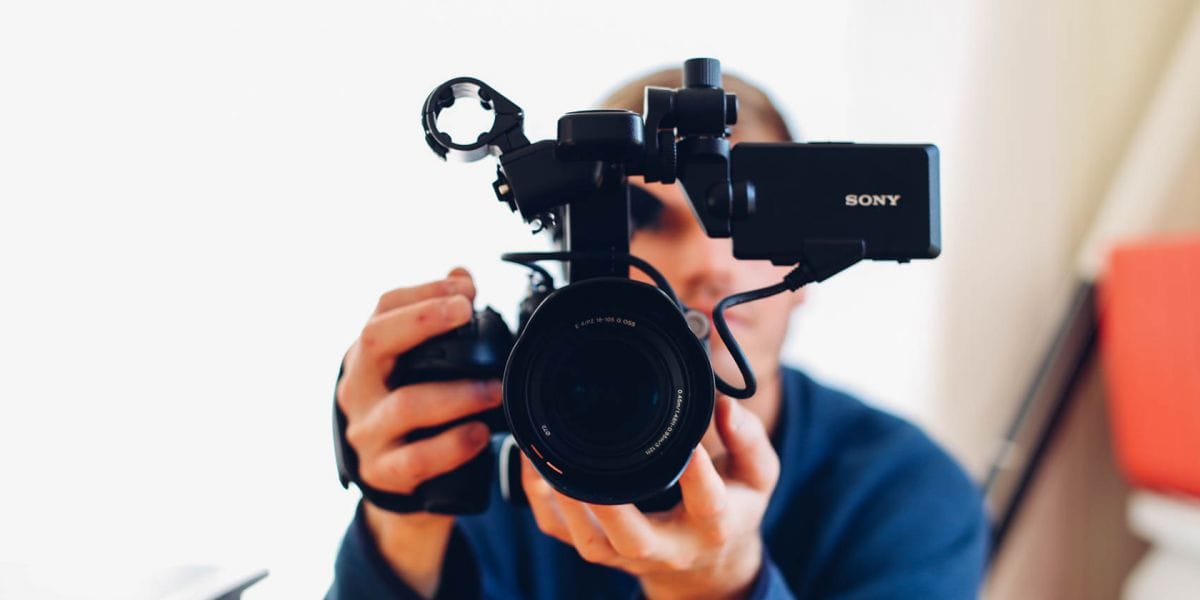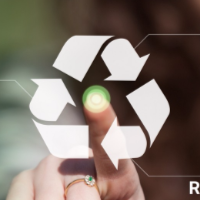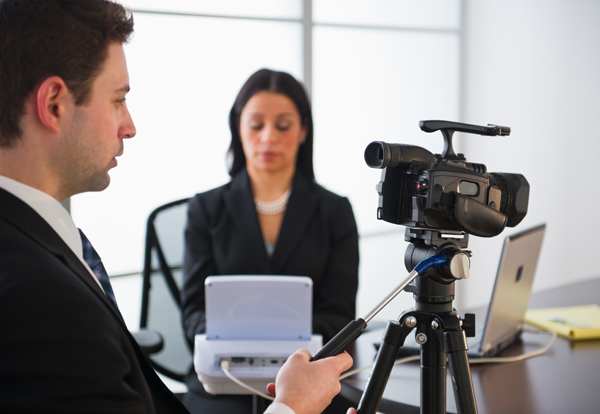Legal Videography: Why It’s a Necessary for Complex Legal Cases
Legal Videography: Why It’s a Necessary for Complex Legal Cases
Blog Article
Why Legal Videography Is Essential for Accurate Court Recordings
The function of lawful videography in court setups can not be overstated, as it offers as an important device for preserving the stability of court documents. The ramifications of integrating legal videography right into standard court techniques elevate important inquiries about its wider influence on the legal system.
Significance of Visual Proof
In the realm of legal procedures, the significance of visual proof can not be overemphasized. Aesthetic evidence acts as a powerful tool in developing facts, proving testaments, and enhancing the overall clearness of an instance. This kind of proof, that includes photographs, videos, and representations, can give a tangible context that verbal descriptions commonly lack, therefore providing courts and courts a clearer understanding of the conditions surrounding a situation.
In addition, aesthetic evidence aids in the retention of information. Human cognition is naturally aesthetic, and individuals are most likely to bear in mind and understand information provided in an aesthetic style. In the courtroom, this can be important, as engaging visual proof can sway viewpoints and enhance the narrative presented by lawful representatives.
In addition, using visual proof can minimize misunderstandings and obscurities that typically arise from verbal exchanges. By supplying a straight depiction of occasions, aesthetic proof aids to get rid of subjective interpretations and promotes a much more unbiased exam of the facts. As a result, the assimilation of visual evidence right into legal procedures not only reinforces the stability of the judicial process but additionally improves the possibility of achieving a simply outcome.
Catching Non-Verbal Cues
Making use of sophisticated videography techniques can dramatically enhance the capture of non-verbal signs during lawful proceedings. Non-verbal interaction, including faces, body language, and eye get in touch with, plays a critical duty in communicating emotions and purposes that may not be clearly specified in verbal statement. legal videography. Lawful videography utilizes high-def cams and strategic angles to make sure that these subtle cues are taped with clarity and accuracy
The ability to examine non-verbal behavior can supply valuable context to declarations made during court sessions. For example, a witness's unwillingness or confidence can be interpreted via their posture or motions, possibly influencing the jury's assumption of credibility. Additionally, making use of close-up shots can help focus on an audio speaker's expressions, allowing for a much more nuanced understanding of the statement.
In addition, integrating multiple video camera angles can develop a comprehensive view of interactions, highlighting dynamics between parties entailed. This multifaceted technique not just boosts the precision of the court document yet additionally help in preserving the integrity of the judicial process - legal videography. Eventually, catching non-verbal hints with legal videography fosters a richer, much more complete representation of courtroom proceedings

Enhancing Testament Integrity
The integrity of statement can be considerably bolstered via making use of top quality lawful videography. Video clip recordings act as an unbiased medium that records not only the spoken words of witnesses but likewise the subtleties of their shipment, including tone, pacing, and emotional expressiveness. This complex documentation gives a clearer understanding of the witness's credibility and objectives, which can be essential in lawful process.
Additionally, lawful videography reduces the possibility for misconceptions that might arise from composed about his records alone. When jurors can observe a witness's behavior and body movement along with their statement, they are much better geared up to examine the credibility and reliability of the proof offered. This aesthetic context can strengthen the testimonial story, making it extra compelling and qualified.
Additionally, the existence of a video clip recording can deter prospective variances in testimony. Witnesses may be a lot more mindful in their statements when they understand they are being videotaped, leading to more accurate and honest accounts. On the whole, top quality legal videography improves the honesty of testimony, making certain that the court has access to a total and genuine representation of the truths as conveyed by the witnesses.
Supporting Appeals and Reviews
Lawful videography plays an essential duty in supporting charms and testimonials by offering a comprehensive aesthetic record of court room procedures. Visit Website This aesthetic documents catches not just the spoken words of witnesses and attorneys however additionally the subtleties of body movement, tone of voice, and courtroom dynamics. Such elements can be critical in comprehending the context of statements and disagreements provided.
In the appellate procedure, where the emphasis gets on mistakes of regulation and step-by-step justness, a video clip document can work as an important tool for appellate courts. It makes it possible for courts to assess the original test context, ensuring that decisions are based on a total understanding of the process. The capacity to aesthetically analyze the disposition of witnesses or the interactions between parties can reveal insights that written records might overlook.

In addition, lawful videography can assist in making clear obscurities in testimonies or step-by-step judgments, consequently reinforcing the basis for an appeal. By offering a trustworthy, unbiased account of what taken place in court, legal videography not just sustains the honesty of the legal procedure yet also encourages all celebrations included to make informed decisions concerning their instances.
Improving Court Room Processes
Enhancing court efficiency, lawful videography improves processes by supplying instant access to visual documents of proceedings. This modern technology permits judges, lawyers, and juries to revisit crucial testimony and proof, making certain that all celebrations have a clear understanding of the case. By catching the nuances of spoken and non-verbal interaction, videography enhances the document, making it simpler to grasp the context and weight of testimonies.

Furthermore, video recordings can facilitate remote engagement in hearings, permitting greater versatility in scheduling and engagement, which is especially valuable in intricate situations entailing several stakeholders.
Conclusion
Finally, legal videography plays here a vital function in ensuring exact court recordings by offering crucial visual proof that catches both spoken and non-verbal communication. This technique improves the integrity of statements, sustains appellate evaluations, and simplifies court procedures. By fostering a detailed understanding of courtroom dynamics, lawful videography ultimately adds to extra equitable judicial results, enhancing the integrity of the legal system and promoting informed decision-making.
Report this page